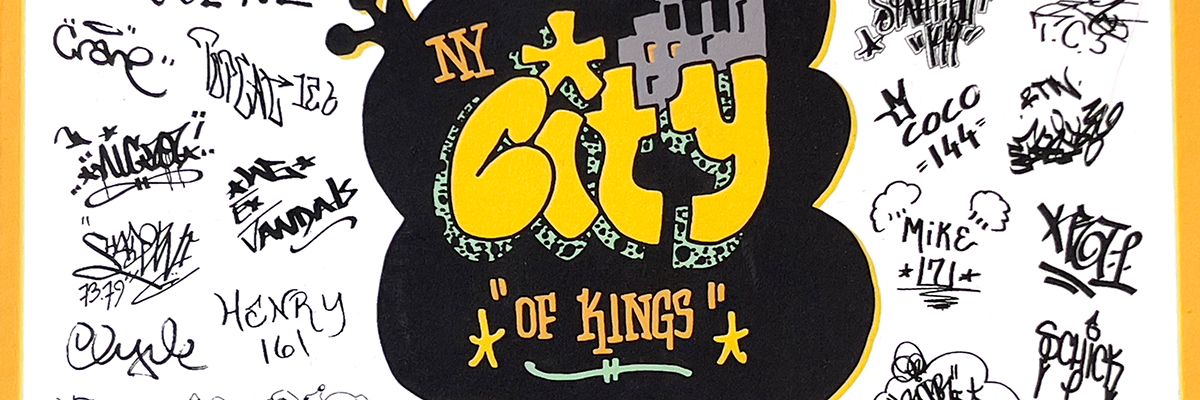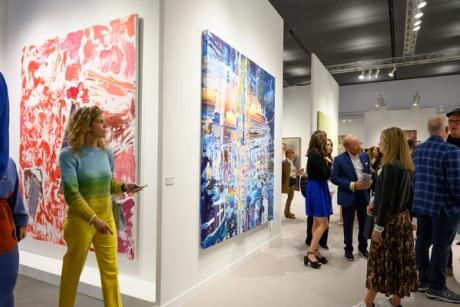The Weaver's Lament
2017 - Film & Video (Film & Video)
12:24 minutes (looped)
Erika Tan
Part of an installation commissioned by National Gallery Singapore, The Weaver’s Lament by Erika Tan addresses the invisibility of women textile artists and their labor. Tan’s video focuses on the story of a forgotten weaver, Halimah Binti Abdullah, who participated in the 1924 British Empire Exhibition in the United Kingdom. A minor figure in the exhibition histories of what was formerly known as Malaya, Abdullah’s loom was left behind at the end of the exhibition, now residing in the Victoria and Albert Museum. In 2016, the loom was loaned to Tan for an exhibition in Singapore, for which the artist asked the Victoria and Albert Museum if she could film the preparation of the loom for its ‘return’ to the museum. Tan was told that she would have to pay to do so, and the fee for this would be as much as the commission itself. The Weaver’s Lament is a digital weaving that entwines Tan’s interaction with the museum into its fabric, highlighting how labor (in this case the Victoria and Albert Museum’s conservator) can be understood as both action and representation, for which payment is made twice—unlike Abdullah, who both performed the Malay woman and demonstrated her craft. Tan utilises the act of digital printing and references both the absence of the ‘real’ work and the act of reproduction as the sole method of reclaiming.
Erika Tan’s practice is primarily research-driven with a focus on the moving image, referencing distributed media in the form of cinema, gallery-based works, Internet and digital practices. Her work starts from reviewing museum collections and objects, mainly using moving images with digital, Internet, and cinematic forms. Tan explores detailed facts and archival evidence with an anthropological approach to archival research, correlating history as expressed through artistic representations, embedding figures from the past into contemporary art context. Tan’s practice proposes the idea of digital repatriation of museum objects between Southeast Asia and Britain, the meaning of artist as a representative, and female roles from the British colonial period in contemporary contexts. By dislocating the subject and object from historical records, Tan’s work fills the gap in histories and bridges separate worlds.
Colors:
Other related works, blended automatically
» see more
Related works sharing similar palette
» see more

© » BROOKLYN STREET ART
Books in the MCL: City of Kings: A History of NYC Graffiti | Brooklyn Street Art BROOKLYN STREET ART LOVES YOU MORE EVERY DAY As founding members of the Martha Cooper Library at the Urban Nation Museum in Berlin, Brooklyn Street Art (BSA) proudly showcases a monthly feature from the MCL collection, illuminating the extensive and diverse treasures we’re assembling for both researchers and enthusiasts of graffiti, street art, urban art, and its numerous offshoots...

© » KADIST
Where To Score Edited by Jason Fulford and Jordan Stein Published by J&L Books and KADIST San Francisco Oracle was a countercultural newspaper published in the city’s bustling Haight Ashbury neighborhood from September 1966 to February 1968, bookending the iconic “Summer of Love.” In 12 issues combining poetry, spirituality and speculation with revolutionary rainbow inking effects, the Oracle reached well beyond the Bay Area and spoke to a radical new American ethos...
Other works by: » Erika Tan
» see more
Related works found in the same semantic group
» see more

© » ARTS EQUATOR
Podcast: Singapore Theatre Festival 2018 | ArtsEquator Thinking and Talking about Arts and Culture in Southeast Asia ArtsEquator Viewpoints August 2, 2018 Duration: 48 min Matt Lyon and Naeem Kapadia are back on ArtsEquator’s theatre podcast, and with a bang: nearly an hour’s worth of discussion on the Singapore Theatre Festival 2018 which just ended on 22 July...

© » THEARTNEWSPER
Frieze reveals 68 galleries for its next New York fair Art market Museums & heritage Exhibitions Books Podcasts Columns Technology Adventures with Van Gogh Search Search Frieze New York news Frieze reveals 68 galleries for its next New York fair The smallest Frieze fair returns to the Shed in early May Benjamin Sutton 6 February 2024 Share Visitors to the Victoria Miro stand during Frieze New York 2023 Photo by Casey Kelbaugh / CKA...





